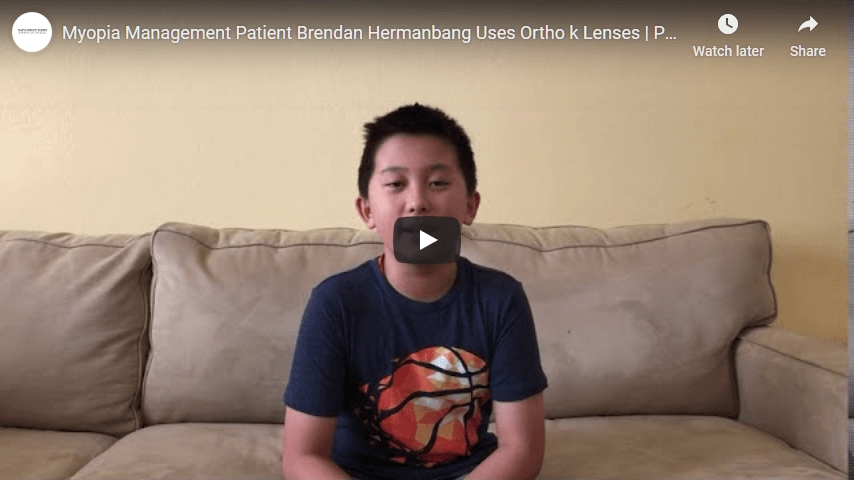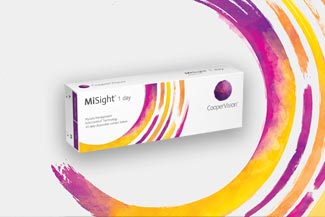
The Connection Between Near Work And Myopia
The steady rise of myopia (nearsightedness) in children around the globe may be alarming—but does it really come as a surprise?
Nowadays, children are spending more time engaging in near work through the use of digital devices and computers, which experts believe, is the driving force behind the myopia pandemic.
Fortunately, with myopia management, even a child that spends most of the time focusing on near objects can mitigate their risk of developing future eye problems.
Below, we’ll explain what myopia is, how near work contributes to the onset and progression of myopia and why parents should act now to protect their children’s vision for the future.
What Is Myopia?
Myopia occurs when light entering the eye is focused in front of the retina instead of directly on the retina’s surface. This could be due to the eyeball being too long or the focusing power too high.
Myopia worsens when the eye grows longer, causing the retina to stretch and strain. This makes the eye prone to serious diseases like macular degeneration, glaucoma, retinal detachment and diabetic retinopathy later in life.
Several factors may contribute to myopia’s onset and progression, including genetics, ethnicity, not spending enough time outdoors and near work.
What’s Considered Near Work?
Near work is defined as any activity that requires focusing on objects within arm’s reach from the eyes: 16-20 in./40-50 cm or closer. Examples include, but aren’t limited to:
- Reading, especially with focused concentration
- Writing
- Screen use (tablet, computer, smartphone, etc.)
- Watching TV or video games from a close distance
- Playing certain musical instruments (for example, looking at piano keys or reading sheet music)
How Does Near Work Contribute to Myopia?
Numerous studies have assessed the relationship between near work and myopia. A systematic review of 27 such studies found a 2% increased chance of developing myopia with every diopter-hour of near work time per week.
A diopter-hour is a term used in research to measure the time spent on near work and how it relates to myopia. For example, one diopter-hour spent reading is given more weight than multiple hours spent staring at a computer screen at an intermediate distance.
Additional research indicates that taking regular breaks while doing near work may have a positive effect on myopia. Children who engaged in continuous and focused reading had higher levels of myopia than groups of children who took frequent breaks, even if they read for the same amount of time overall.
According to several studies, children who play outdoors in the sunshine have a reduced risk of myopia and myopia progression. In fact, researchers are now investigating whether looking at faraway objects like a moving ball plays a role.
That said, it’s important to note that near work isn’t the only myopia risk factor.
How Myopia Management Can Help
This information isn’t meant to scare parents into removing digital devices from the home, but rather to encourage a balanced lifestyle for the whole family.
Myopia management can significantly reduce your child’s risk of developing serious eye disease later in life, so why wait? The earlier they start, the greater their chance of success. At The Myopia Management Center at Pacific Rims Optometry, we provide the latest in myopia control to offer the best possible outcome for our young patients. Myopia treatments include multifocal contact lenses, orthokeratology (ortho-k) and atropine eye drops.
During your child’s myopia consultation, we’ll ask about your child’s lifestyle to determine which treatment option best suits them. We encourage our patients to be honest when it comes to how much time they spend engaged in near work, as it gives us a better understanding of their visual needs.
Myopia management is suitable for children aged 8-12 with any level of myopia, or those who are at risk of becoming nearsighted (if both parents are shortsighted, for example).
To schedule your child’s myopia consultation, contact The Myopia Management Center at Pacific Rims Optometry today!
Our practice serves patients from San Francisco, Oakland, Berkeley, and San Mateo, California and surrounding communities.











